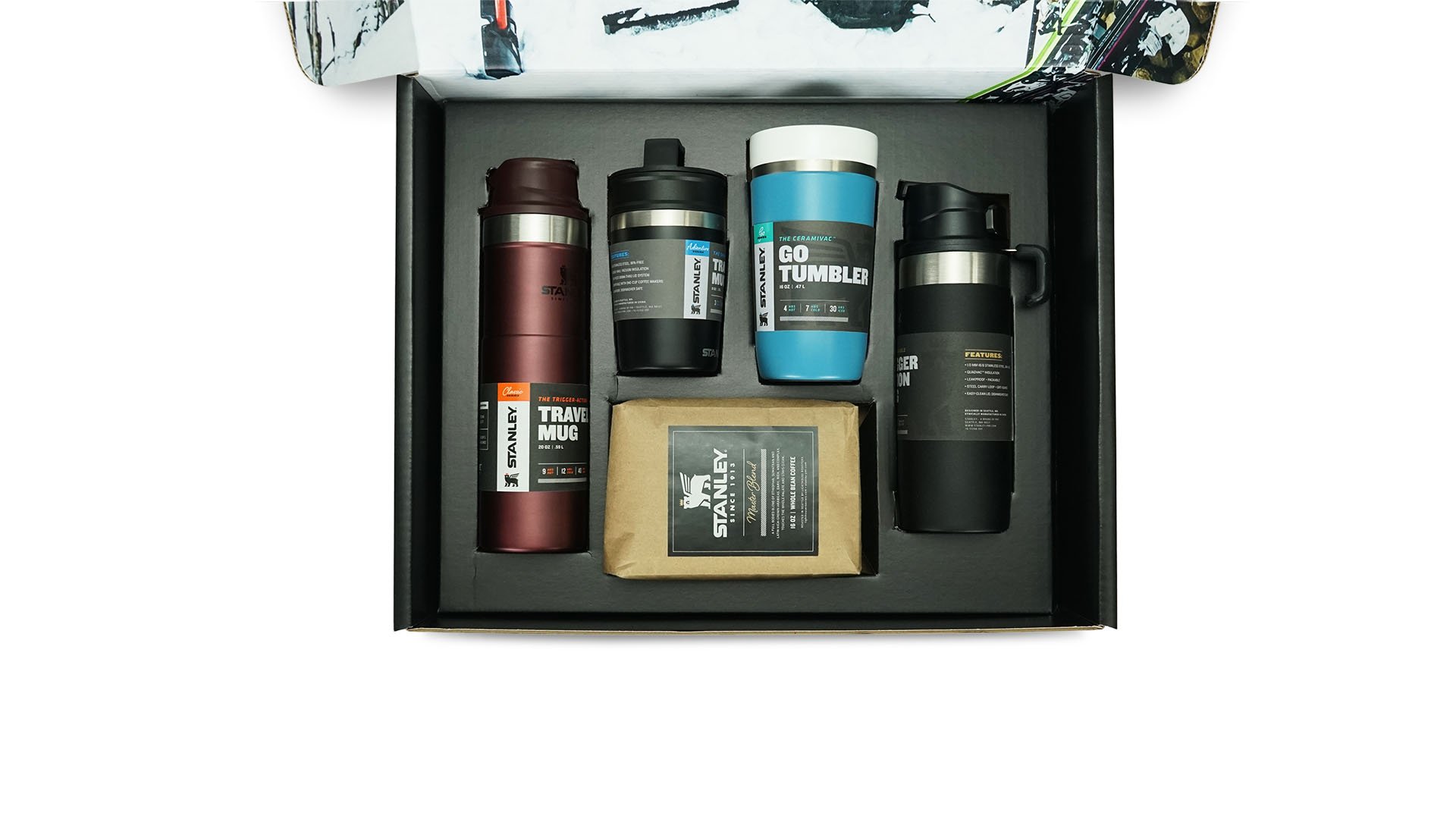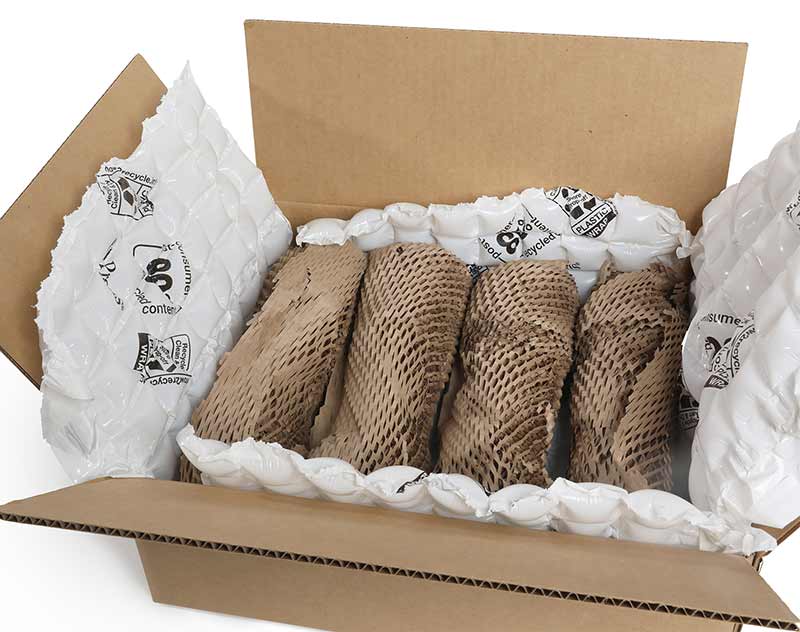4 Ways to Manage Packaging During an Economic Downturn
It’s been more than a decade since the Great Recession ended — the tumultuous economic downturn in the United States that occurred between 2007-2009. Although experts can't precisely predict oncoming recessions, they are a natural part of the economic cycle.

Instead of weathering the storm, savvy consumer brands understand the importance of preparing for recessions in advance. By continually reviewing key business areas and making strategic supply chain improvements, brands can position themselves for growth regardless of the economic climate. Packaging is an essential yet often overlooked part of the supply chain that can be a brand’s best asset in the event of an economic slowdown.
Here are four strategies that brands can use to recession-proof their packaging:
Strategy #1: Use Right-Sized Packaging
Many businesses are forced to eliminate unnecessary spending and explore opportunities to maximize their profits in recessions. It can be tempting for a brand to seek ‘one-size-fits-all’ packaging solutions to help cut down on upfront costs. However, this strategy will typically do more harm than good to a brand’s bottom-line.
One-size-fits-all packaging increases the likelihood of product damage, along with the number of customer returns. Additionally, one-size-fits-all packaging typically requires more void fill, an additional cost. While a brand might experience initial cost-savings by buying in bulk, they will likely spend more on reverse logistics and returns processing in the long run.
Instead, the optimal strategy is to leverage right-sized packaging. Right-sized packaging refers to custom primary or secondary packaging that is adapted to fit a product’s shape and dimensions. Using right-sized packaging minimizes the need for extra void fill materials, such as foam and bubble wrap, and provides optimal protection without waste. By reducing the amount of material used, brands save on supply costs, freight costs, and the cost of product returns.
Strategy #2: Outsource Your Supply Chain Management
Supply chain management (SCM) is a complex system that follows the entire lifecycle of products, from raw materials procurement to delivery and end-use. To prepare for an economic slowdown, consider outsourcing the entire supply chain or certain functions to a trusted third-party partner. This strategy can result in a variety of cost-saving and efficiency benefits, even long after the economy has recovered.
From sourcing more cost-effective raw materials and supplies to minimizing warehousing overhead, a third-party partner is better equipped with resources, tools, and vendor relationships to streamline the supply chain process on your behalf and react quicker to market changes. Some partners like The BoxMaker will assume the upfront costs associated with the supply chain. Therefore brands don’t have to spend a penny until the product is ready to ship.
Strategy #3: Leverage Digital Print Production
In recessions, consumer spending typically slows down. If caught unprepared, brands can be left with excess packaging inventory that expires or becomes obsolete. This surplus inventory ties up critical cash flow and occupies valuable warehouse space while it goes unused.
To prevent this costly risk, leading brands are making the switch from traditional analog print to digital print. Digital print technology allows brands to manage product lifecycles and their packaging needs more effectively. Whereas analog print requires high volume minimum orders to be cost-effective for the brand and the manufacturer, digital print has no such restriction.
With digital, brands have the flexibility to print what they want, when they want, and how they want — without incurring extra costs. Due to its print-on-demand nature, brands can control run volume and frequency with ease, allowing them to be nimble in the event of fluctuating sales volumes.
Strategy #4: Create a Connection with Packaging Innovations
Consumers don’t just reduce spending during recessions; research shows that they are less likely to be loyal to brands. To combat this, brands must go above and beyond to create a connection between their product and the consumer. By leveraging the latest packaging technologies powered by digital print, brands can elevate the perceived value of their product and give themselves a competitive edge.
For example, digital watermarking integrates directly into existing packaging artwork. Using their smartphone, consumers can access extended content that adds further value to the product, such as brand stories, recipes, tutorials, and more.

Personalization and variable data print are other examples of innovations worth exploring to enhance perceived product value. By making the packaging unique to the individual consumer, this encourages consumers to hold on to it as a keepsake or specifically seek it out in stores.
Work with an Experienced Packaging Advisor
Recessions are a natural part of the economic cycle, with some more devastating and long-lasting than others. However, as history proves, recessions will invariably come to an end and follow with a period of economic recovery.
Along with implementing the following strategies list above, the best way to prepare your brand for a recession is to work with an experienced Packaging Advisor. With a Packaging Advisor on your side, we can take a comprehensive look at your packaging operation and identify opportunities to maximize cost-savings, manage risk, and enhance supply chain efficiencies.
Subscribe
Share this post
Similar Articles

3 Ways to Use Packaging to Improve Product Experience
Discover how innovative packaging strategies can enhance consumer experience and boost brand loyalty …

What Are Custom Boxes? 4 Key Benefits for Your Brand
Investing in custom boxes is more than an expense; it's a strategic move that yields considerable be …

Paper, Plastic, or Foam: Selecting the Right Protective Packaging Materials
Learn how to select the right packaging materials to protect your product, brand, and the planet.
